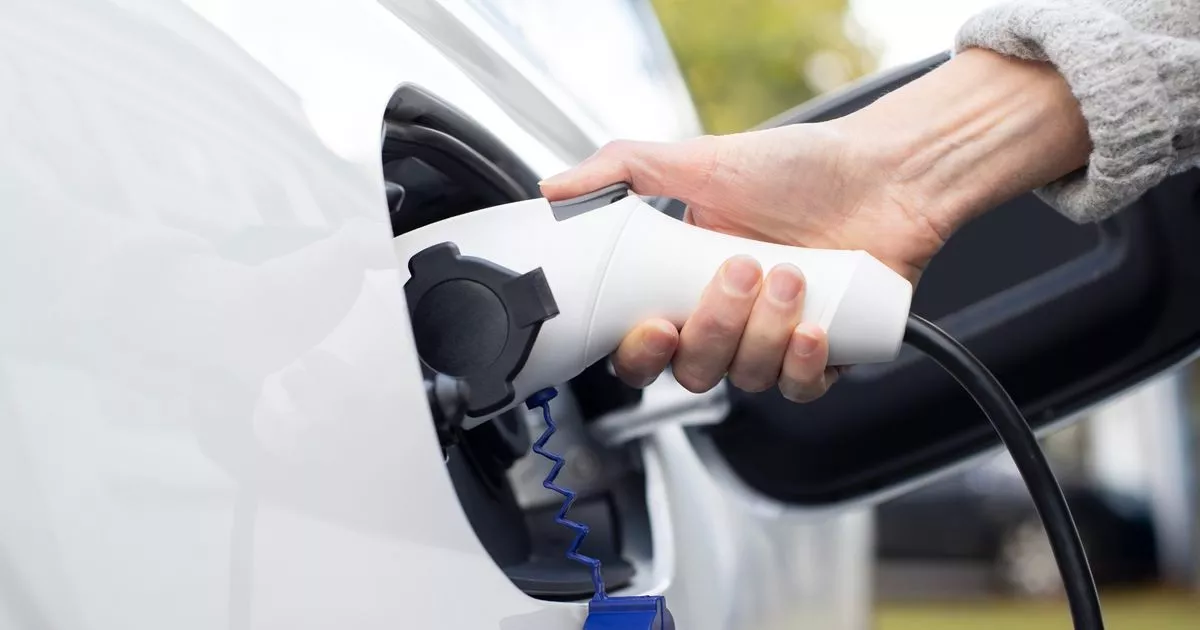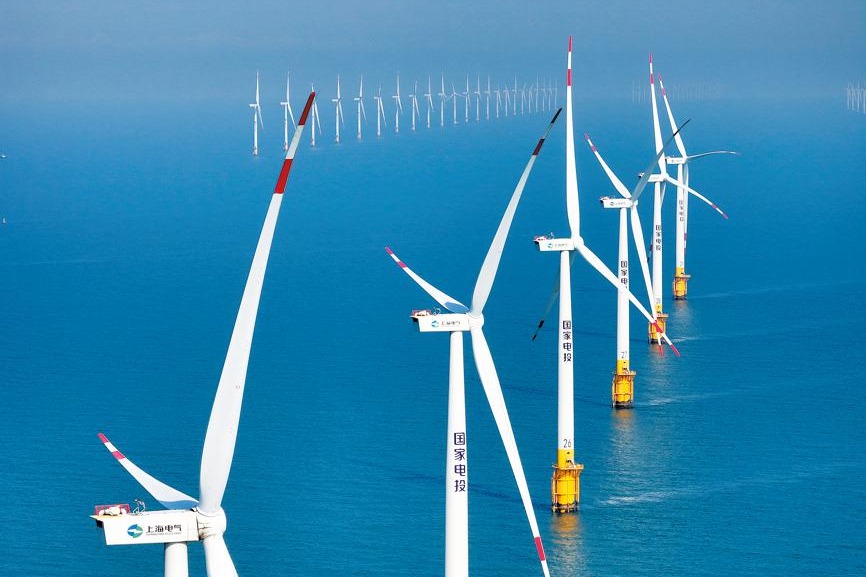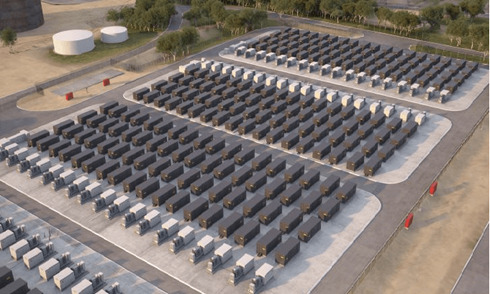Emerging Challenges in EV Infrastructure
Recent analyses reveal significant gaps in public electric vehicle (EV) charging infrastructure across Great Britain, particularly in North-east Derbyshire and Redditch. These areas, labeled as “charging deserts,” are poorly serviced by public charging networks, posing challenges for the growing number of EV owners without private parking facilities.
Analysis by Field Dynamics
Field Dynamics consultancy highlighted that over three-quarters of households with street parking do not have access to a public charger within a five-minute walk. Despite a 46% increase in the number of public chargers reported by ZapMap in the year leading up to July 2023, many regions still lag behind, especially outside urban centers.
Disparities in Charger Access
The divide between London and the rest of Great Britain in public charging access has widened, with a 47 percentage point difference noted this year. In 38 local authorities, less than 10% of households with street parking are covered by the public charger network. This disparity underscores the need for widespread and equitable charger deployment to support the transition to electric vehicles.
Local Authorities’ Response
Local councils are responding to the shortfall by developing strategies to expand charger installations. For instance, Sefton Council plans to focus on car parks and community spaces, while North East Derbyshire Council is increasing rapid chargers and seeking additional funding. Redditch Council is also coordinating with Worcestershire county to enhance their charging infrastructure.
The Road Ahead
As the UK moves towards an EV-dominated future, the need for comprehensive and accessible public charging infrastructure becomes crucial. Ensuring that all regions, especially those with significant “on-street” parking, have sufficient charging options will be vital in achieving the country’s environmental and energy goals.
Source: theguardian.com





